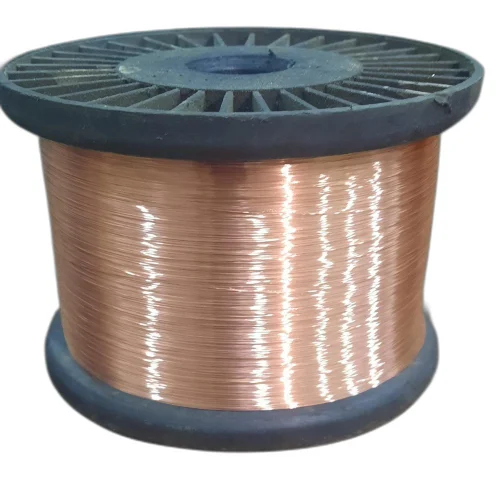In a world driven by technological innovation, materials that seem ordinary on the surface often hide remarkable capabilities underneath. Copper Metallized Film is one such material that has silently revolutionized several industries, from electronics to packaging. Its outstanding properties, particularly when combined with copper cladding, make it an essential component in various applications. In this blog, we’ll delve into the fascinating world of metallized film and explore how copper clad metallized film delivers excellence in performance and versatility.
What is Metallized Film?
Metallized film, often made from polymers like polyester, polypropylene, or nylon, is a thin sheet coated with a thin layer of metal, typically aluminum or copper. This metal layer, which can be as thin as a few nanometers, endows the film with unique properties that find numerous practical applications.
The Power of Metallized Film
- Barrier Properties: Metallized films are renowned for their exceptional barrier properties. They form an impermeable barrier against moisture, gases, and UV radiation, making them ideal for preserving the freshness and shelf life of food products, pharmaceuticals, and sensitive electronic components.
- Reflectivity: The metal layer on metallized film gives it high reflectivity, making it an excellent choice for insulation materials. It reflects radiant heat, helping maintain a stable temperature in buildings, automobiles, and electronic devices. This property also finds use in emergency blankets and protective clothing.
- Electromagnetic Shielding: Metallized films can shield against electromagnetic interference (EMI) and radiofrequency interference (RFI). When copper cladding is added, these films become particularly effective for shielding sensitive electronic components from external interference, ensuring optimal performance and reliability.
- Printability: Metallized films offer exceptional printability, making them an attractive choice for packaging materials. The metal layer can be selectively removed or patterned to create eye-catching designs, labels, and holographic effects, enhancing product visibility and marketability.
- Conductivity: Copper clad metallized film takes the advantages of metallized film even further. The copper layer adds electrical conductivity, which is crucial in various electrical and electronic applications. It can be used for flexible circuitry, grounding, and connecting electronic components.
- Lightweight and Flexible: Metallized films are incredibly lightweight and flexible, making them versatile for a wide range of applications. Their flexibility allows them to conform to irregular shapes and contours, making them suitable for complex packaging designs and flexible electronics.
Applications of Copper Clad Metallized Film
- Flexible Electronics: The combination of copper cladding with metallized film is a game-changer in the flexible electronics industry. It enables the creation of flexible circuit boards and electronic devices, making it possible to design and manufacture electronics with unconventional form factors and improved durability.
- EMI/RFI Shielding: Copper clad metallized films are indispensable for shielding sensitive electronic equipment from electromagnetic and radiofrequency interference. They are used in aerospace, telecommunications, and medical devices to ensure signal integrity and device performance.
- Packaging: Metallized films, often copper clad for added functionality, are widely used in food packaging to extend shelf life. They also find applications in pharmaceuticals, where protection against moisture and light is critical.
- Solar Panels: The reflectivity and barrier properties of metallized films are harnessed in the solar industry to enhance the efficiency and lifespan of solar panels. Copper clad versions provide both electrical conductivity and EMI shielding for solar applications.
- Aerospace: Copper clad metallized films are used in aerospace applications for their lightweight and shielding properties. They contribute to reducing the weight of spacecraft and protect electronic systems from radiation in space environments.
